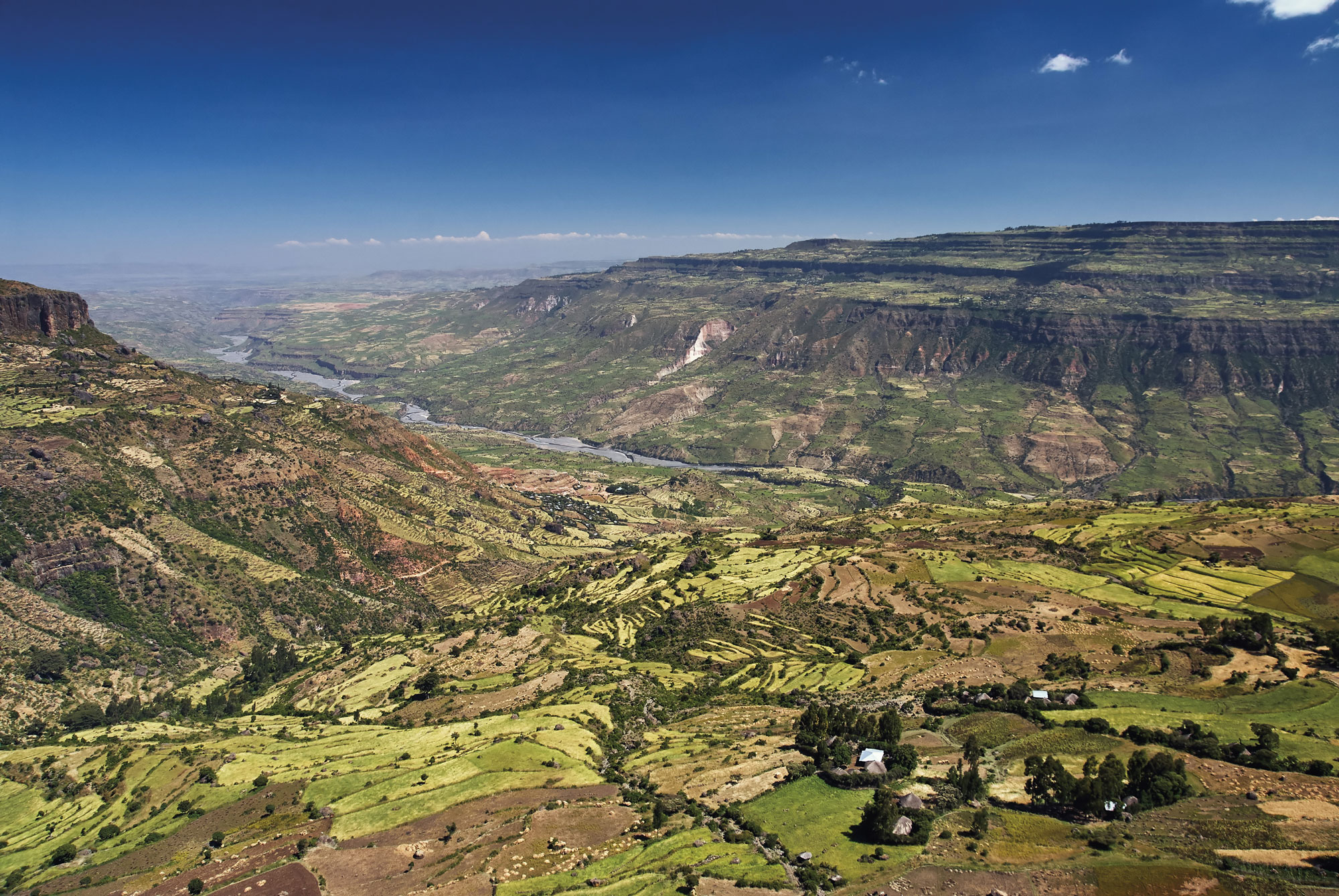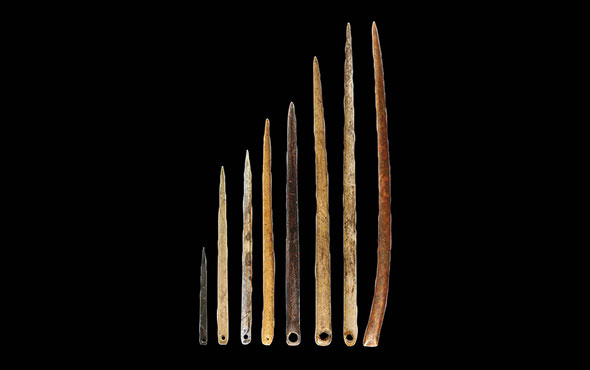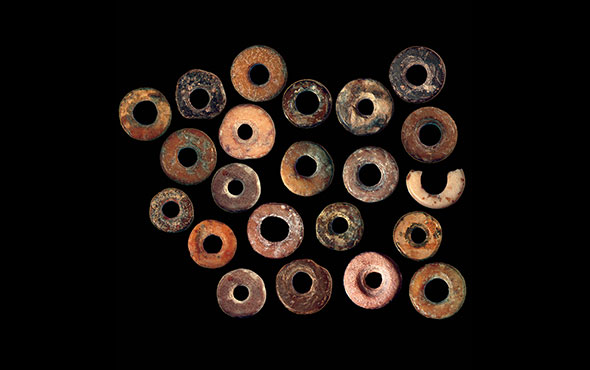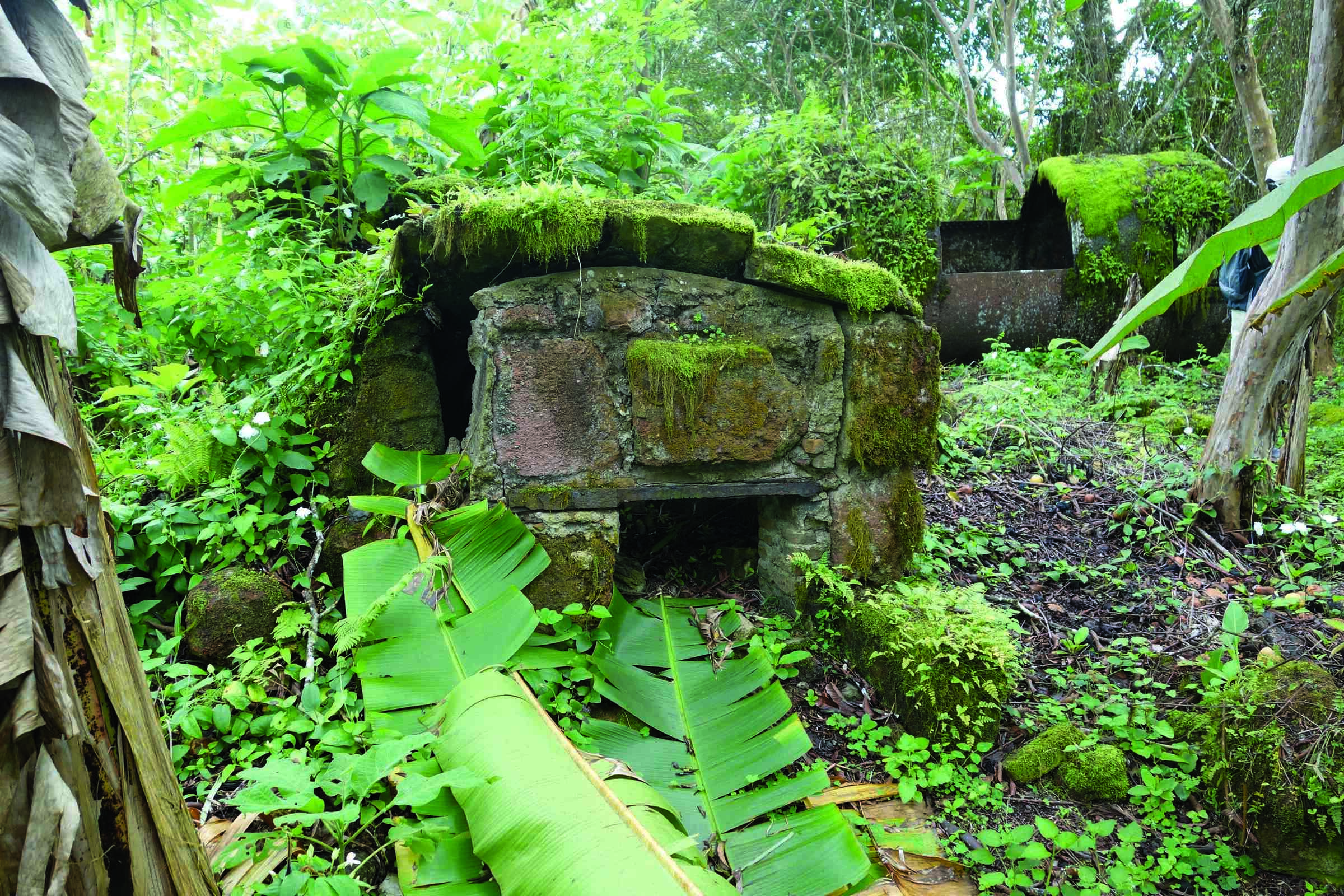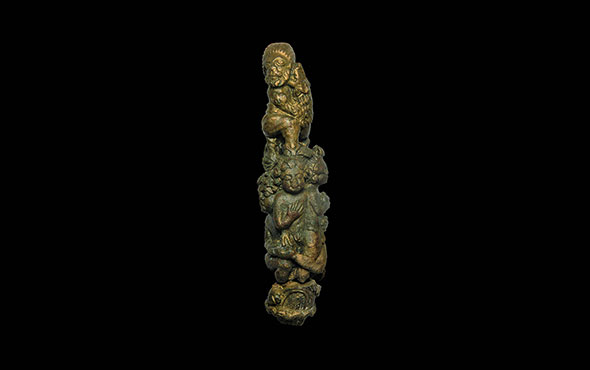
TUCSON, ARIZONA—Camelus knoblochi, a species of giant two-humped camel, survived in Mongolia alongside modern humans—and perhaps Neanderthals and Denisovans—until about 27,000 years ago, according to a statement released by Frontiers. Fossilized remains of the giant camel have been found in Tsagaan Agui Cave alongside artifacts left behind by Paleolithic people. One metacarpal bone, dated to between 59,000 and 44,000 years ago, bears butchery marks and marks made by gnawing hyenas, said Arina M. Khatsenovich of the Russian Academy of Sciences. Humans may have hunted or scavenged giant camels, she explained. John W. Olsen of the University of Arizona added that the drying of the climate, hunting by humans, and competition with Camelus ferus, the wild Bactrian camel, all may have contributed to the extinction. Read the original scholarly article about this research in Frontiers in Earth Science. To read about camel reliefs dating to the mid-sixth millennium B.C. in northern Saudi Arabia, go to "Oldest Animal Art," one of ARCHAEOLOGY's Top 10 Discoveries of 2021.



